In school, most of us were taught that there are seven continents on our planet: North America, South America, Europe, Asia, Africa, Antarctica, and Oceania (or Australia). However, new research suggests that we should forget everything we think we know about Earth’s continents.
A new study, published in the journal Gondwana Research, controversially claims that we actually only have six continents.
Detailed Research About Geological Processes
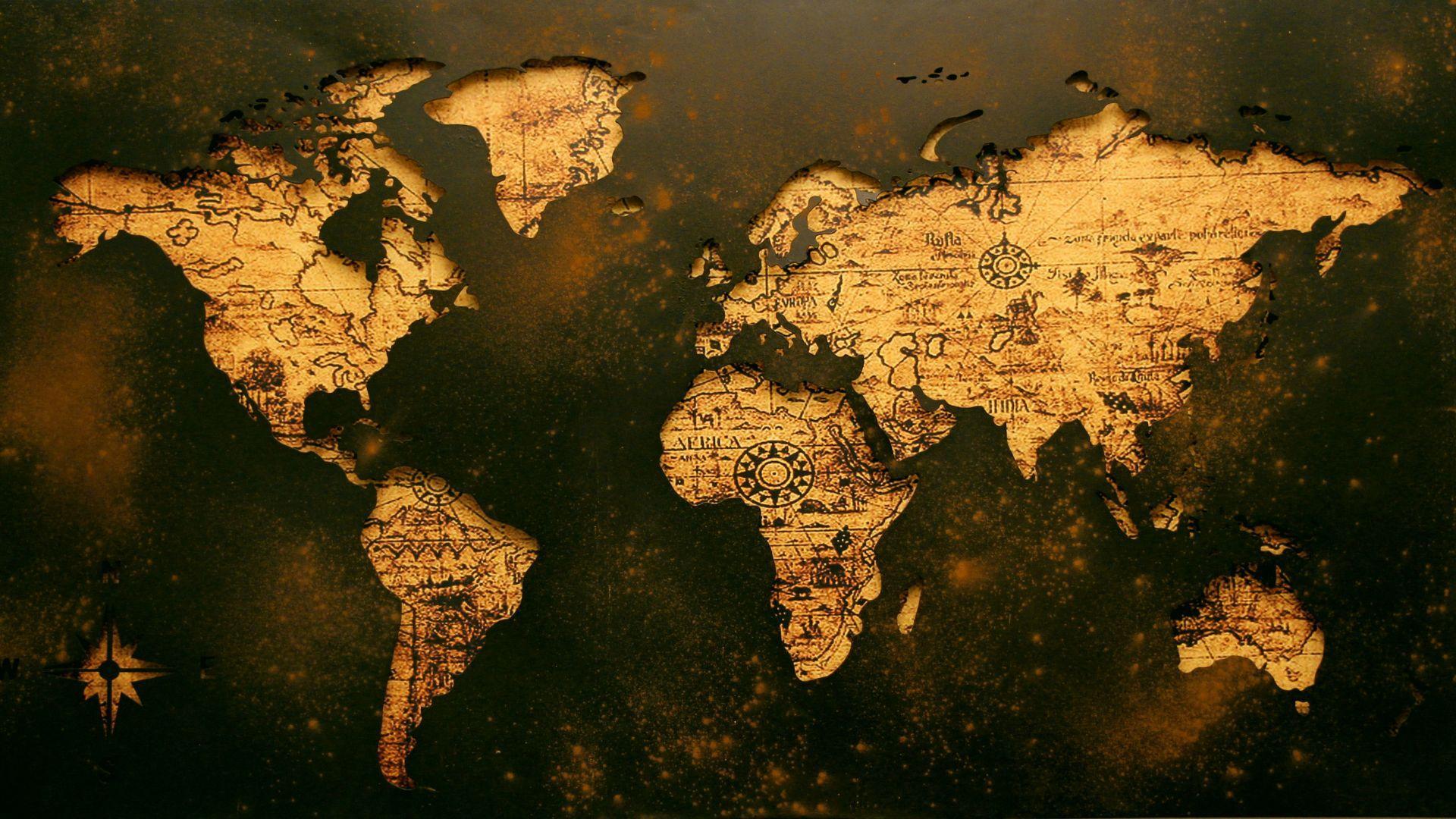
A group of researchers have analyzed the geological processes of Earth. Specifically, they looked into the continental breakup of Eurasia and North America. They wanted to know how these landmasses have changed over time.
Dr. Jordan Phethean, who works at the University of Derby in England and was the paper’s lead author, explained that his team’s findings indicate that “the North America and Eurasian tectonic plates have not yet actually broken apart, as is traditionally thought to have happened 52 million years ago.”
Stretching and Breaking Tectonic Plates

Instead of being actually separate, these continental plates are continuing to stretch. They are still in the process of breaking apart. Therefore, the continents are not actually separate entities.
To put it in another way, according to the study, North America and Europe could actually be considered one single continent, instead of two distinct ones. Perhaps even more strangely, the researchers looked at an area of the Earth that you might not even realize could be significant to either of these continents.
Looking Closer at Iceland

The researchers focused on Iceland, which is highly volcanically active. Iceland was previously thought to have formed around 60 million years ago as a result of the mid-Atlantic ridge.
The mid-Atlantic ridge is a tectonic boundary, formed by the North American and Eurasian plates. However, Phethean and his colleagues have challenged this theory of Iceland’s creation by carefully analyzing tectonic movements across the African continent.
New Information About Iceland and Greenland
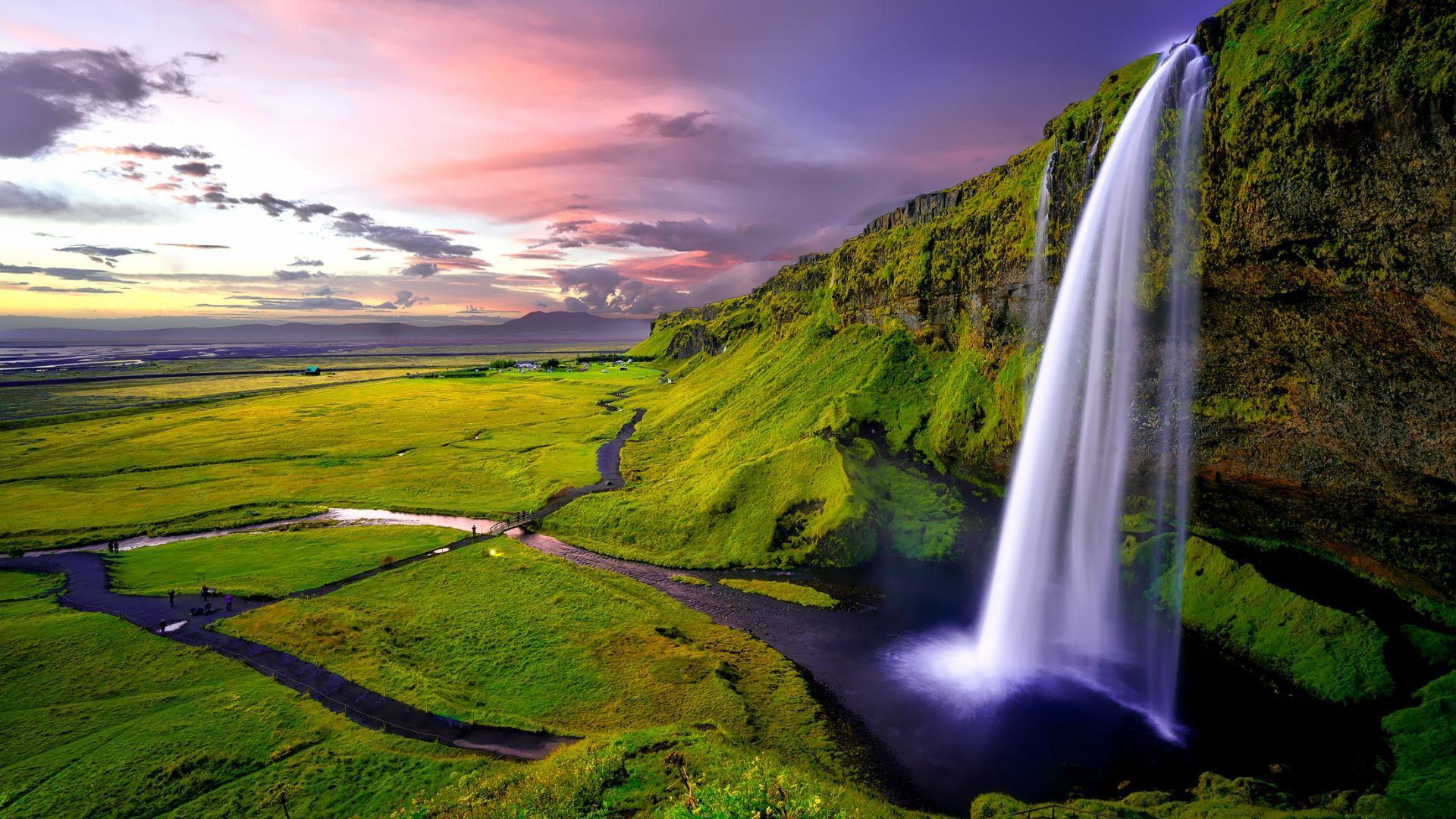
The paper has put forth an interesting new idea. According to their research, Iceland and the Greenland Iceland Faroes Ridge (GIFR), contain geological crumbles from both European and North American tectonic plates.
Therefore, the tectonic plates research suggests that these northern regions are not isolated landforms, although this is what was previously thought. Instead, they are interconnected pieces of a larger continental structure.
The New Rifted Oceanic Magmatic Plateau
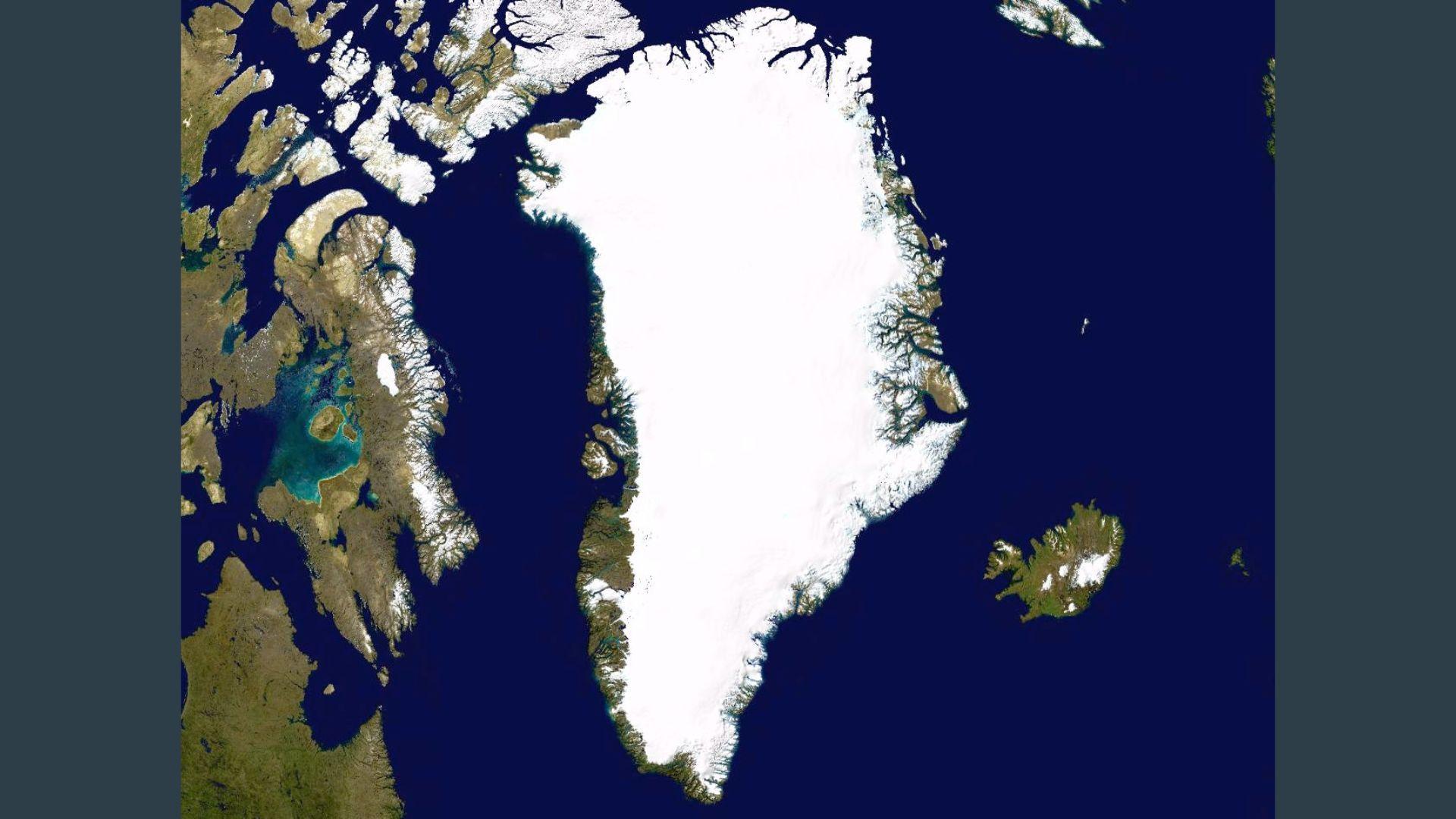
In order to describe this new geological feature, the scientists have created the term “Rifted Oceanic Magmatic Plateau” or ROMP. The ROMP discovery could have an enormous impact on how we perceive the creation and separation of Earth’s continents.
This is a very important discovery for geologists. Phethean described the discovery as the Earth Science equivalent of finding the Lost City of Atlantis. He explained this comparison by saying that he and his colleagues have uncovered “fragments of lost continent submerged beneath the sea and kilometers of thin lava flows.”
Similarities Between Iceland and Africa
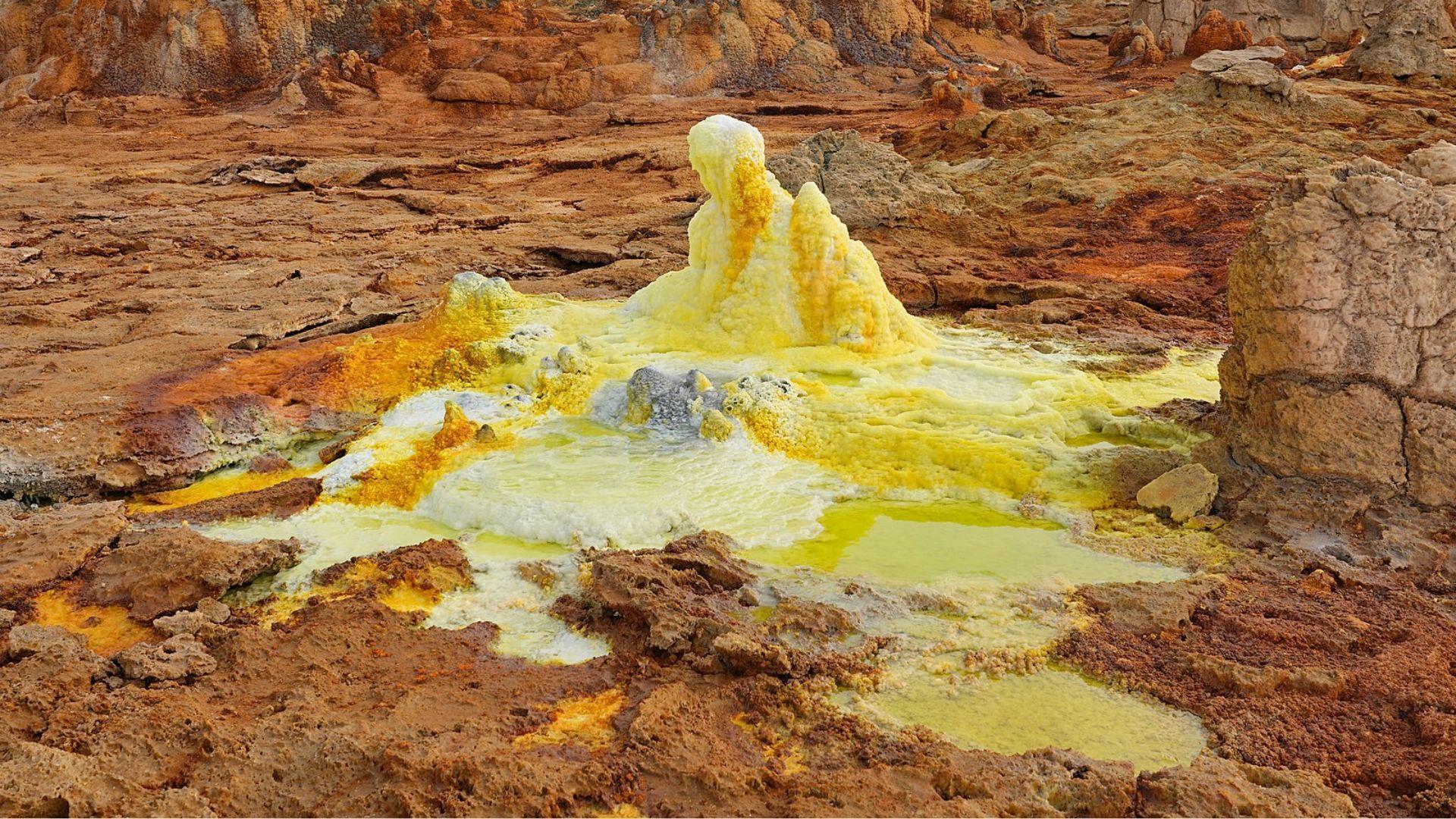
If the researchers’ study is proven to be totally accurate, this would mean that the European and North American continents are still in the process of breaking apart. Therefore, the areas we think to be two continents are actually only one.
Additionally and interestingly, the scientists have also found amazing similarities between Iceland and Africa’s volcanic Afar region.
A Proto Micro-Continent
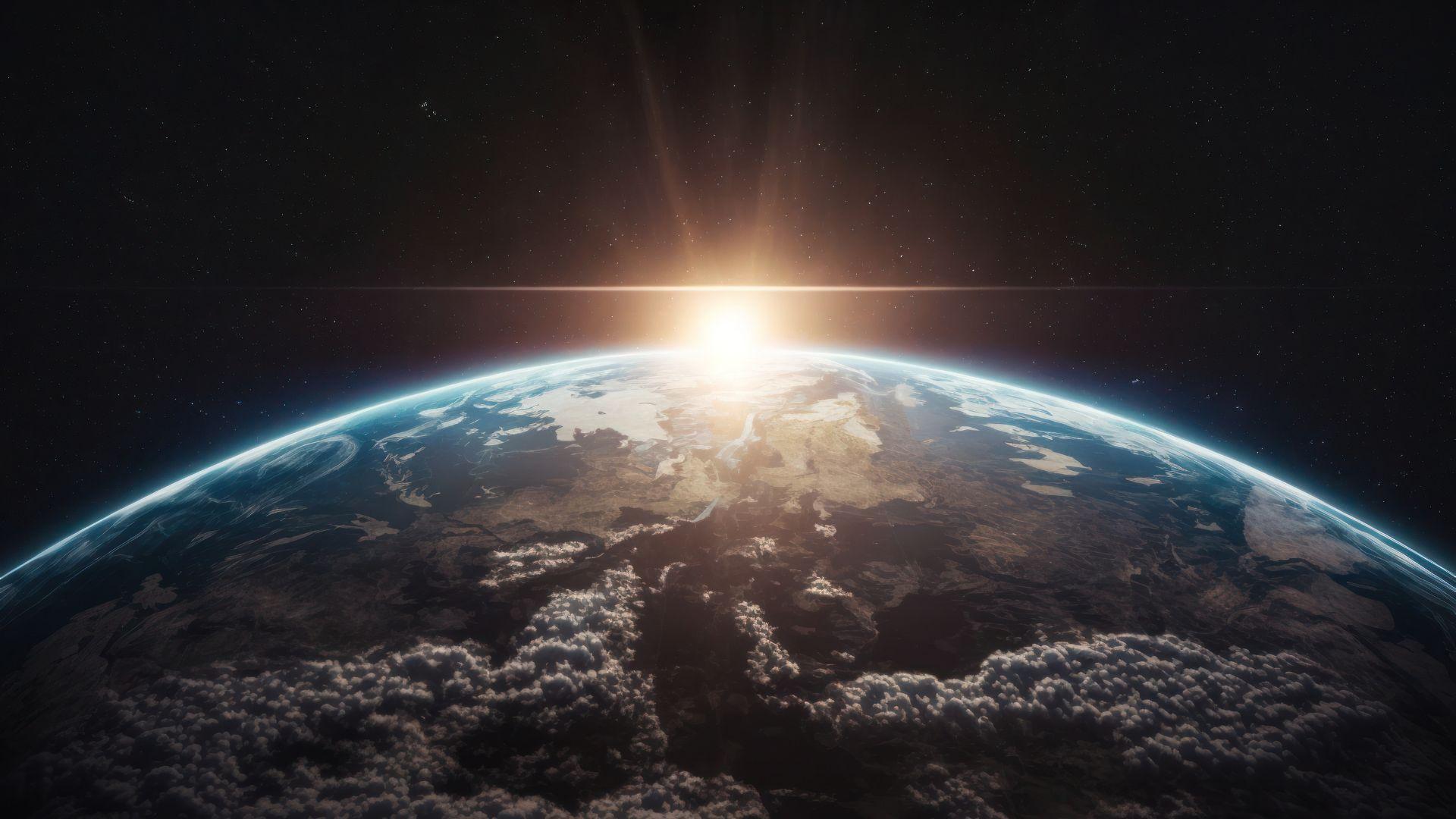
Phethean had an earlier discovery of a hidden “proto-microcontinent.” This small landmass is between Canada and Greenland.
It is about the size of England and sits below the Davis Straight, just off the coast of Baffin Island. Phethean noted that “rifting and microcontinent formation are ongoing phenomena.” Learning more about microcontinents will allow researchers to better understand the Earth’s tectonic plates and their movement (or lack thereof).
Controversial but Well-Researched
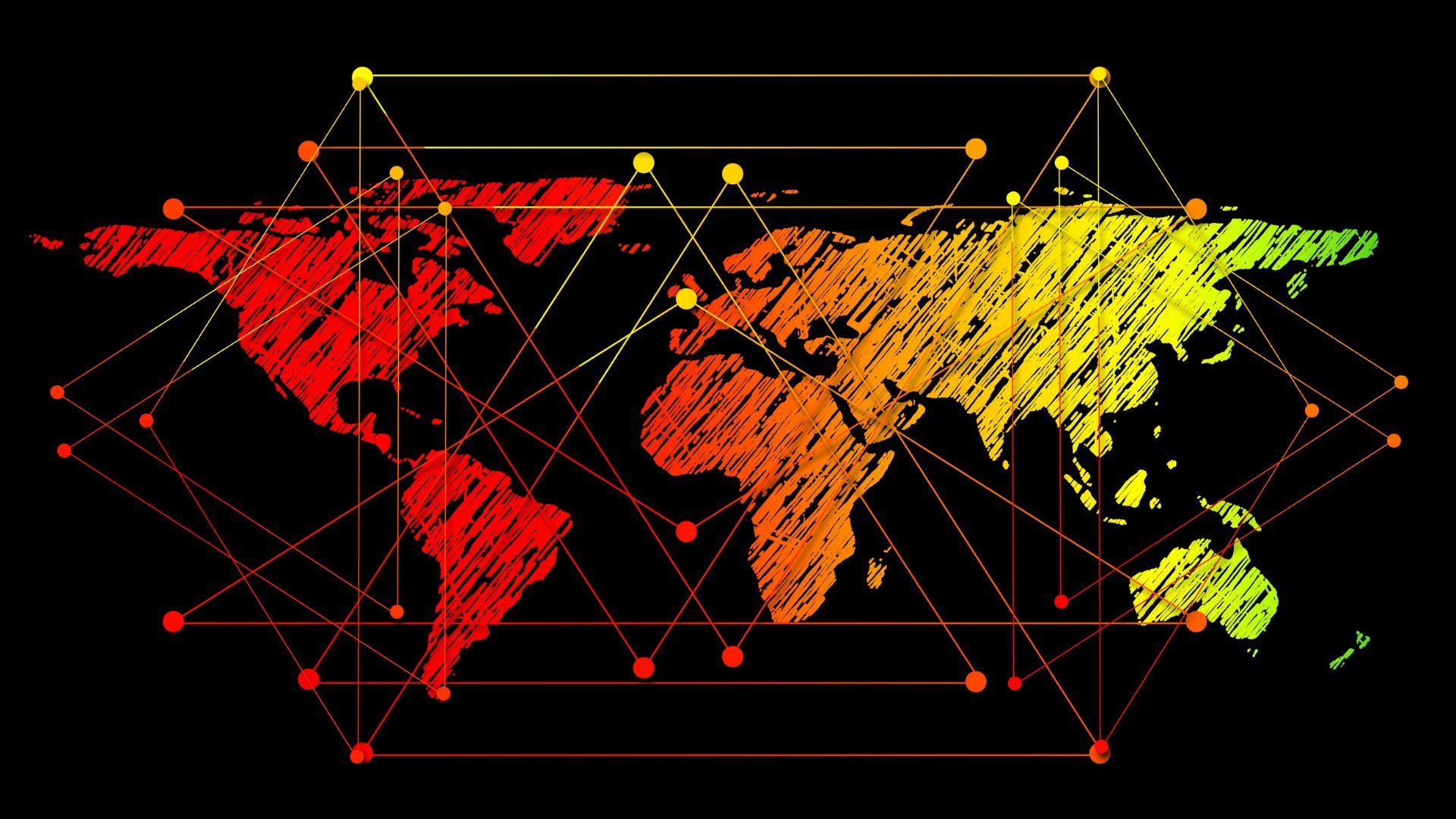
Phethean acknowledges that his team’s findings are rather controversial. However, he insists they are grounded in meticulous research.
“It is controversial to suggest that the GIFR contains a large amount of continental crust within it and that the European and North American tectonic plates have perhaps not yet officially broken up,” he said. The research is, after all, still in its conceptual phase.
Further Studies, More Research Needed

Phethean’s team will be conducting further tests on Icelandic volcanic rocks to obtain more concrete evidence of an ancient continental crust. They will also be using computer simulations and plate tectonic modeling to better understand how the ROMP is formed.
Learning more about our planet’s tectonic plates will help scientists predict how our planet might look in the distant future.

